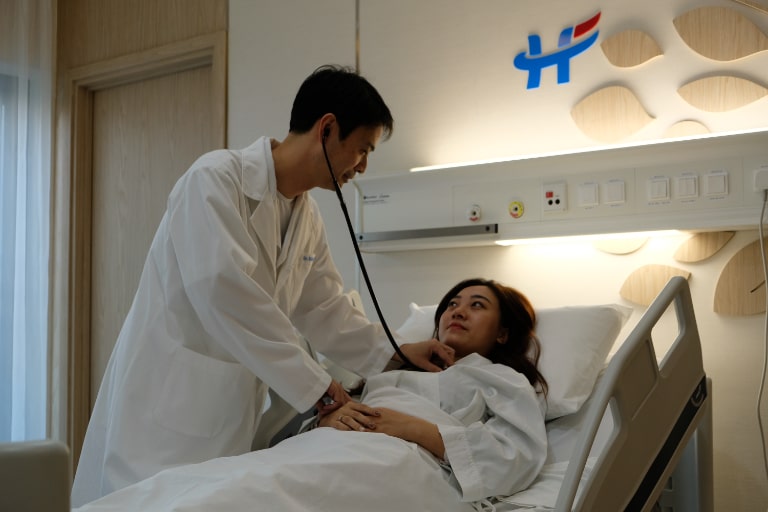News - Sat, 09/23/2023 - 16:27
Endoscopic Sphincterotomy: Best Techniques, And Complications
Last update 09/23/2024 - 16:40
Endoscopic sphincterotomy is a crucial procedure in gastroenterology that involves cutting the sphincter of Oddi to treat biliary and pancreatic ducts conditions. When it comes to intricate medical procedures, endoscopic sphincterotomy stands out for its precision requirement.

Technique for Performing Endoscopic Sphincterotomy
Endoscopic sphincterotomy, a minimally invasive endoscopic surgery involving cutting the sphincter of Oddi, is used to treat several issues related to the biliary and pancreatic ducts. This technique often includes the following steps:
Step 1: Preparation for the patient
Before the procedure, it's important to ensure the patient has fasted for at least 6 to 8 hours to clear the stomach and duodenum. Then, the patient will be instructed to lie on their left side to allow for easier access to the duodenum.
Step 2: Endoscope Insertion
All endoscopic surgical instruments must be checked to ensure they are sterilized and functioning properly. Then, the surgeon carefully inserts the endoscope through the patient’s mouth, navigating it through the esophagus and stomach until it reaches the duodenum.
Step 3: Identification of the Ampulla of Vater
Start by locating the Ampulla of Vater, where the bile and pancreatic ducts flow into the duodenum. Fluoroscopic guidance can be used if needed. Then, the surgeon gently inserts a cannula into the bile duct through the ampulla to inject contrast material, which helps make the ductal structures clearer for visualization.
Step 4: Performing the Sphincterotomy
The surgeon inserts a specialized cutting tool called sphincterotome through the working channel of the endoscope. Then he carefully cuts the sphincter muscle to widen the opening, ensuring precision to prevent any perforation. Finally, use electrocautery to manage any bleeding that may occur during the procedure.
Step 5: Post-Procedure Care
After the procedure, closely monitor the patient for any signs of complications, such as bleeding or pancreatitis. Additionally, give clear instructions for post-procedure care, including dietary changes and what symptoms to watch for.

Common complications following endoscopic sphincterotomy
Below are some common complications following endoscopic sphincterotomy you should know. Although this endoscopic therapy has many benefits, it can also lead to complications. It's important to understand and manage these risks to keep patients safe and ensure the best possible results.
- Pancreatitis: This complication occurs in about 3-10% of cases. Its most common symptoms include acute abdominal pain, nausea, vomiting, and elevated pancreatic enzymes. Pancreatitis can be managed by supportive care, such as fasting, IV fluids, and pain relief.
- Bleeding: You can face the risk of bleeding after endoscopic sphincterotomy if you have a history of using anticoagulants, coagulopathy, and extensive sphincterotomy. The symptoms may present as gastrointestinal bleeding, hematemesis, or melena. In this case, you’ll need endoscopic intervention, like cauterization, or even angiographic embolization.
- Perforation: Although rare, perforation is a serious complication. Symptoms include severe abdominal pain, fever, and peritonitis. Surgical intervention may be necessary to repair the perforation.
- Infection: Cholangitis or sepsis can occur if the biliary tree is not adequately drained. This complication can be treated by administering antibiotics and possibly draining the biliary system.

Endoscopic sphincterotomy is a minimally invasive procedure that treats biliary and pancreatic ducts issues effectively. However, it can still lead to some complications after surgery. If you would like more information, feel free to contact us for assistance.



